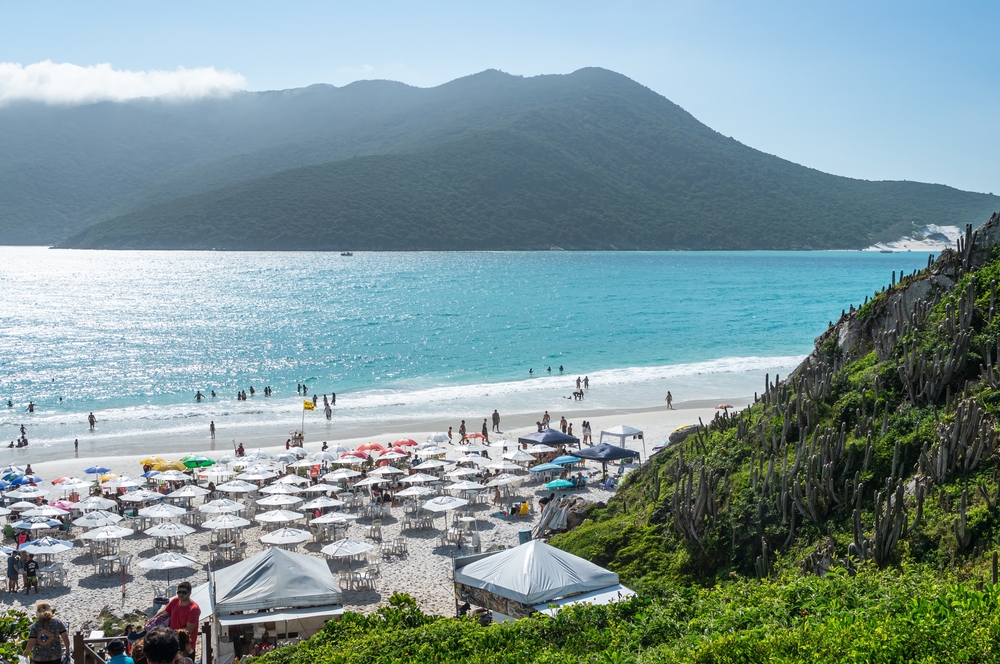Table of Content
ToggleDestruction of Fort Coligny
Portuguese Assault
In 1560, Mem de Sá launched a well-coordinated assault on Fort Coligny. The Portuguese fleet, reinforced with experienced soldiers and superior weaponry, approached Villegagnon Island. The battle was intense, with the French defenders putting up significant resistance. However, the Portuguese managed to breach the fort’s defenses through relentless attacks and strategic maneuvers.
Siege and Capture
The Portuguese forces laid siege to the fort, cutting off supplies and reinforcements. The French, already weakened by previous skirmishes and internal conflicts between Catholic and Protestant settlers, struggled to maintain their defense. After several days of fierce fighting, the Portuguese succeeded in capturing Fort Coligny.
Destruction of the Fort
Once the Portuguese had control of the fort, they systematically dismantled it to prevent the French from re-establishing a presence. The materials from the destroyed fort were repurposed to strengthen Portuguese defenses in the area, including the construction of new fortifications on Villegagnon Island.
Aftermath and Legacy
French Retreat
Following the fall of Fort Coligny, the surviving French settlers fled to nearby areas or returned to France. Some sought refuge with indigenous allies, while others tried to continue their colonial efforts in different parts of Brazil. However, without a stronghold like Fort Coligny, these efforts were largely unsuccessful.
Establishment of Rio de Janeiro
In 1565, Estácio de Sá, Mem de Sá’s nephew, founded the city of São Sebastião do Rio de Janeiro on the mainland near Guanabara Bay. This new settlement was intended to secure Portuguese control over the region and to serve as a base for further colonial expansion. The city quickly grew into a vital center for trade and defense in Portuguese Brazil.
Strategic Importance
The destruction of Fort Coligny and the establishment of Rio de Janeiro highlighted the strategic importance of Guanabara Bay. Control over this area allowed the Portuguese to protect their maritime routes and maintain their dominance in South America. The conflict also underscored the broader European rivalry for colonial territories and resources in the New World.
Historical Significance
European Rivalry
The clash over Fort Coligny was part of a larger pattern of European competition during the Age of Exploration. Both the French and the Portuguese sought to expand their empires and control valuable territories in the Americas. This rivalry shaped the political and cultural landscape of the continent for centuries to come.
Religious Dimensions
The French attempt to establish a Protestant refuge in Brazil introduced religious dimensions to the colonial struggle. The conflict at Fort Coligny reflected the broader tensions of the Protestant Reformation and the Counter-Reformation, as European powers sought to spread their faith and influence across the globe.
Modern Legacy
Villegagnon Island Today
Today, Villegagnon Island is home to the Brazilian Naval School, a prestigious military academy. The island’s history as the site of Fort Coligny is commemorated, though little remains of the original French fortifications. The legacy of Fort Coligny serves as a reminder of the complex and often violent history of colonialism in Brazil.
Cultural Memory
The story of Fort Coligny is part of Brazil’s rich colonial history, illustrating the early struggles for dominance among European powers. It is remembered in historical accounts, museums, and educational materials as an example of the challenges and conflicts that shaped the nation’s development.
Conclusion
The destruction of Fort Coligny was a pivotal event in the history of Brazil, marking the end of French colonial ambitions in the region and the consolidation of Portuguese control. It exemplifies the intense European rivalries of the 16th century and the complex interplay of religious, political, and economic factors that drove the colonization of the New World.












